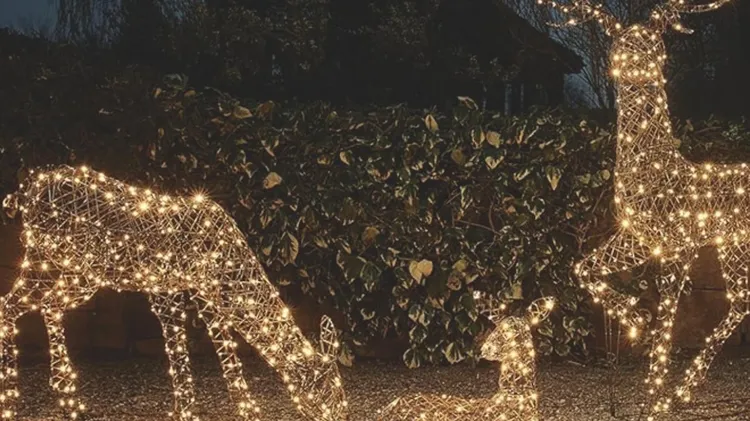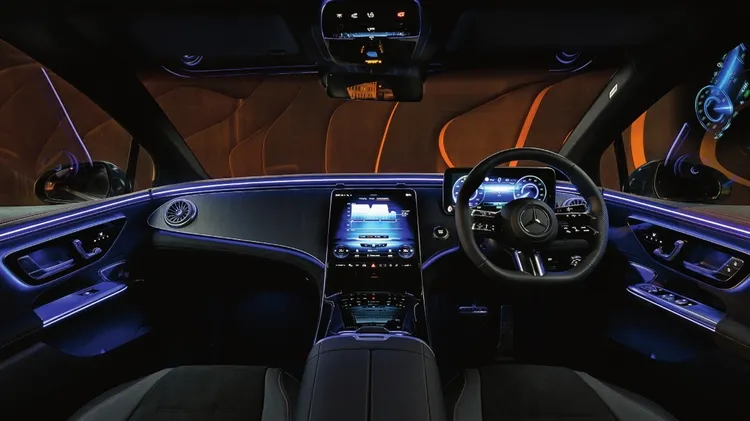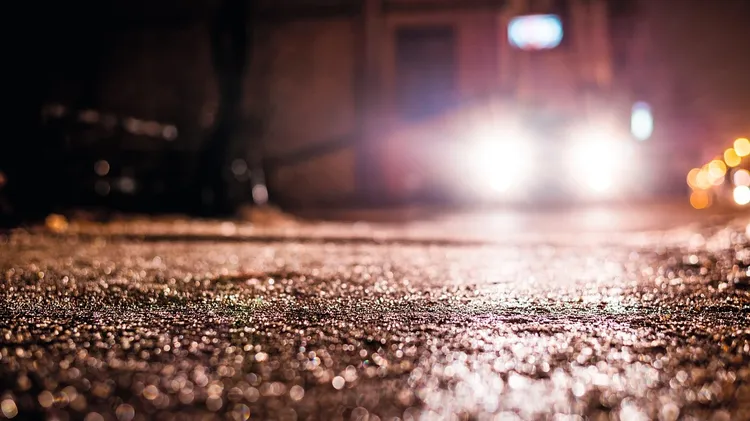Dani Robertson explains how simple changes at home can beat the scou
Light pollution solutions
5 min read
This article is from...
Read this article and 8000+ more magazines and newspapers on Readly






